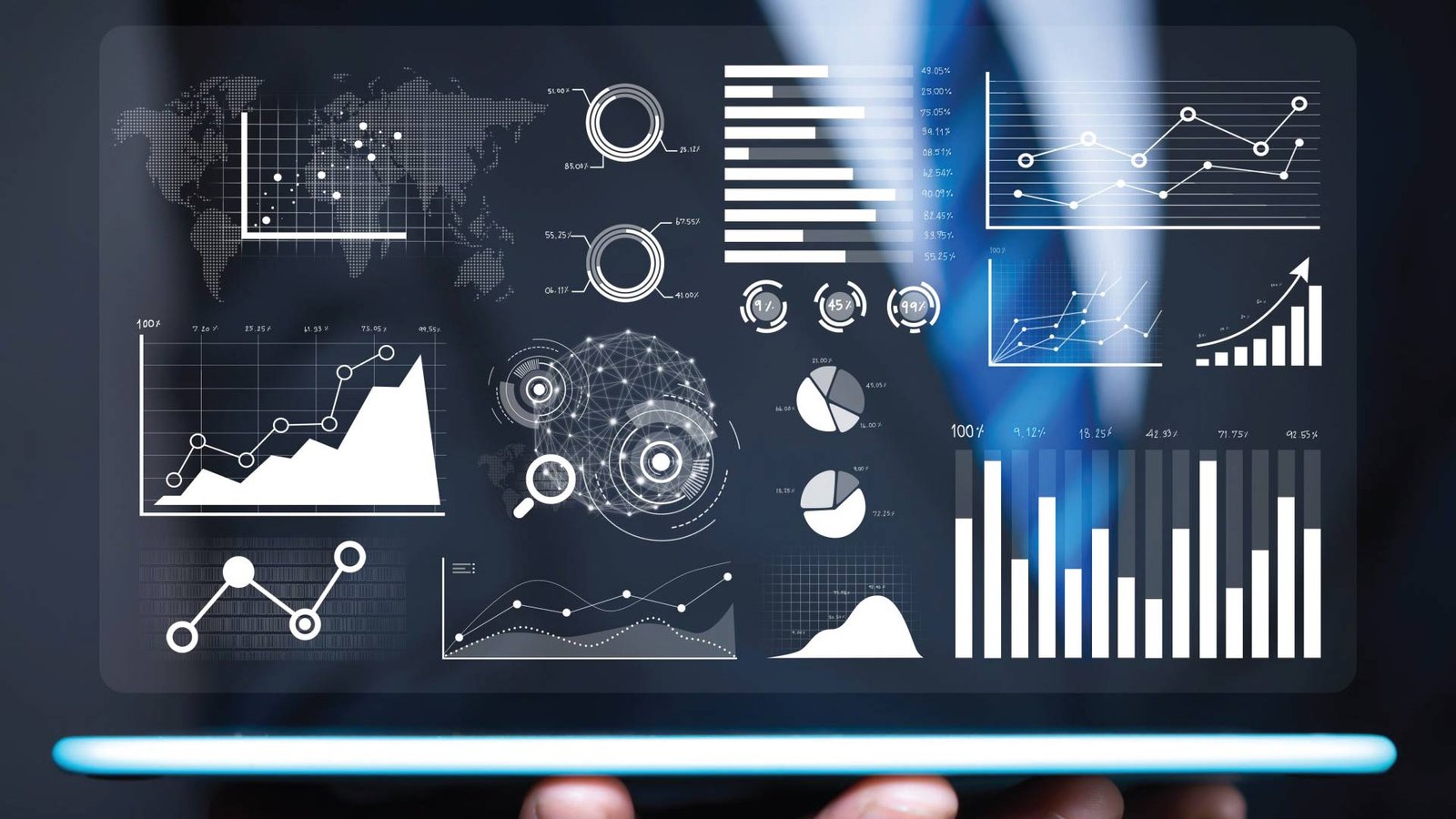Data analytics is a key player for competitive advantage in the last few years. Given its critical significance, businesses must keep abreast of top trends in the data analytics space.
Data analytics is a key player for competitive advantage in the last few years. Given its critical significance, businesses must keep abreast of top trends in the data analytics space. But, how can we define and explain Data Analytics?
Data Analytics includes cloud computing, the development of AI software, machine learning, and edge computing.
Data analytics trends fall under two main subjects:
1. Accelerating change in data and analytics: Upcoming inventions in AI and more effective integration of more assorted data sources.
2. Operationalizing business value through more operative XOps: Empowers better decision making and turning data and analytics into an essential part of the business. XOps aim to accomplish efficiencies of scale using DevOps practices; also to ensure reliability and repeatability while reducing the duplication of technology and processes.
These tools will empower the scaling of prototypes and deliver a flexible design. Ultimately, XOps will enable organizations to operationalize data and analytics to grow businesses.
Let’s find out the top trends influencing the future of data analytics.
Data analytics trends:
● Engineered decision intelligence
Companies can get insights required to drive actions for the business. By combining with composability and common data fabric, engineered decision intelligence opens up new prospects.
● Data fabric as the foundation
Data fabric is the design that supports composable data and analytics with its several modules.
Data fabric decreases the time for integration design by 30%, deployment by 30%, and that of maintenance by 70%. It can also leverage existing technologies from data hubs and data warehouses by introducing new methodologies for the future.
● Smart and scalable AI:
Smart and scalable AI will empower better learning algorithms and interpretable systems. Many organizations will be expecting more from AI systems. AI technology needs to function with fewer data via “small data” techniques and adaptive machine learning. These AI systems must also protect the privacy and reduce bias to support an ethical AI.
● AIOps and comprehensive analytics use:
In the world of big data, data comes from everywhere. It can be utilized to optimize the details in business intelligence and artificial intelligence technology. Data analytics is trending toward more comprehensive analytics. It avoids data silos in favor of data practices like AIOps.
● Composable data and analytics
The aim of composable data and analytics is to use constituents from multiple data, analytics, and AI solutions for a flexible and user-friendly experience.
Comprising new presentations from the packaged business experiences of each endorses efficiency and agility. Composable data and analytics develop the analytics abilities of the organization.
● Augmented Analytics:
Augmented Analytics develops Machine Learning for automating data insights for data research and sharing. The acumens added by leveraging Augmented Analytics advance the process of making business decisions. The insights are accessible throughout the organization, reducing the workload of Data Scientists & Machine Learning specialists.
● Low-Code Solutions
Today low-code solutions are on the rise. A reason for this is the development of the industry-wide embrace of data analytics as a whole. This growth of solutions allowing data analysis in a user-friendly method brings about key changes for organizations. The rise of low-code solutions improves access to analysis of customer journeys.
● Data Integration
Stronger data integration in software solutions that organizations use is one of the major trends in data analytics.
Data integration goes with better proficiency as well. The reason behind this is users can obtain significant data and information directly without switching the software. This eradicates possible user error due to the lack of searching that employees need to do to get data.
● Predictive analytics Predictive analytics is an important application of Business Intelligence. Many organizations are using various Big Data analytics features to estimate potential future trends. This is inclusive of using oceans of market data, new clients, or product performance data. The Global Predictive Analytics market will reach USD 22.1 billion in coming years, as per the recent Facts and Factors report.
Finally
Transitioning from big data to small and wide data is one of the top data analytics trends for the coming years.These trends symbolize business and technology dynamics. It is expected to watch these data analytics trends move increasingly to the forefront of business operations. Previously, organizations saw data analysis as a secondary function. This change to data analysis as the principal aspect of business operations is driven by the competitive edge offered by analytics in businesses. One of the main advantages of these trends in analytics is the enhanced agility and responsiveness of enterprises. Scalability and better revenue will surely be the results of data analytics entering the lead of business operations.
For more such updates and perspectives around Digital Innovation, IoT, Data Infrastructure, AI & Cybersecurity, go to AI-Techpark.com.

